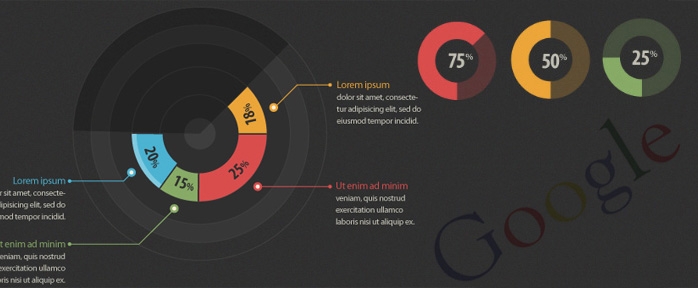For those of you wondering how I make the interactive charts in the articles: I use Google charts API. I did not install the chart modules in the webpage yet, so each post goes and fetches the API JS seperately.
Also, I am by no means an expert, so some things are broken, and not performant.
Each post contains the graph as a JS script, like below:
<script type="text/javascript" src="https://www.google.com/jsapi">
</script><script type="text/javascript">
google.charts.load('current', {'packages':['corechart', 'bar']});
google.charts.setOnLoadCallback(fd_benchmark);
function fd_benchmark() {
var fd_timings_div = document.getElementById('fd_timings_div');
var fd_timing_data = google.visualization.arrayToDataTable([
['NP', 'NPOOL=NP', 'NPOOL=NP TQR', 'NPOOL=NP/2','NPOOL=NP/2 TQR'],
['16', 0, 0, 217.6 ,632.9 ],
['8',190.9,531.0,207.9,700.3],
['4', 186.7,789.7,203.3,799.0 ],
]);
var FD_timing_Options = {
chart: {
title: 'Forever Diamond Quantum Espresso GPU Timing ',
subtitle: 'NP*OpenMP threads=64; '
},
series: {
0: { axis: 'time' }, // Bind series 0 to an axis named 'time'.
1: { axis: 'time' }, // Bind series 1 to an axis named 'time'.
2: { axis: 'time' }, // Bind series 2 to an axis named 'time'.
3: { axis: 'time' }, // Bind series 3 to an axis named 'time'.
},
axes: {
y: {
time: {label: 'seconds'} // Left y-axis.
}
}
};
var fd_memory_div = document.getElementById('fd_memory_div');
var fd_memory_data = google.visualization.arrayToDataTable([
['NP', 'NPOOL=NP', 'NPOOL=NP TQR', 'NPOOL=NP/2','NPOOL=NP/2 TQR'],
['16', 0, 0, 21432 , 21442],
['8',18576,13410,10726,10718],
['4', 9174,6712,5370,5366],
]);
var FD_memory_Options = {
chart: {
title: 'Forever Diamond Quantum Espresso GPU Memory usage per GPU',
subtitle: 'NP*OpenMP threads=64'
},
series: {
0: { axis: 'memory' }, // Bind series 0 to an axis named 'time'.
1: { axis: 'memory' }, // Bind series 1 to an axis named 'time'.
2: { axis: 'memory' }, // Bind series 2 to an axis named 'time'.
3: { axis: 'memory' }, // Bind series 3 to an axis named 'time'.
},
axes: {
y: {
memory: {label: 'MB'} // Left y-axis.
}
}
};
function draw_FD_timings_chart() {
var FD_timing_Chart = new google.charts.Bar(fd_timings_div);
FD_timing_Chart.draw(fd_timing_data, google.charts.Bar.convertOptions(FD_timing_Options));
}
function draw_FD_memory_chart() {
var FD_memory_Chart = new google.charts.Bar(fd_memory_div);
FD_memory_Chart.draw(fd_memory_data, google.charts.Bar.convertOptions(FD_memory_Options));
}
draw_FD_timings_chart();
draw_FD_memory_chart();
};
window.onresize=fd_benchmark;
</script>
Then you need to add the graphs to the post:
<div class="row" style="margin:0;">
<div class="col-md-6">
<div id="fd_timings_div" style="width: 100%; min-height: 450px;"> </div>
</div>
<div class="col-md-6">
<div id="fd_memory_div" style="width: 100%; min-height: 450px;"> </div>
</div>
</div>
As you can see, I am using the pure JS based responsive rescale. The references I have used are this and this.
